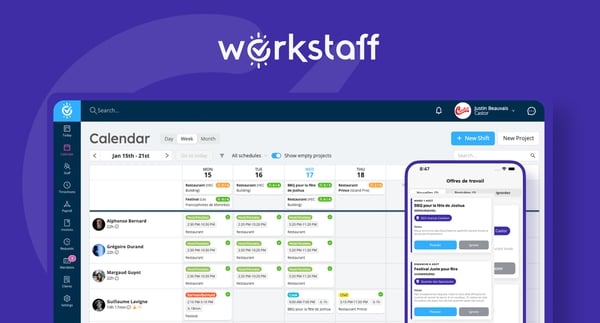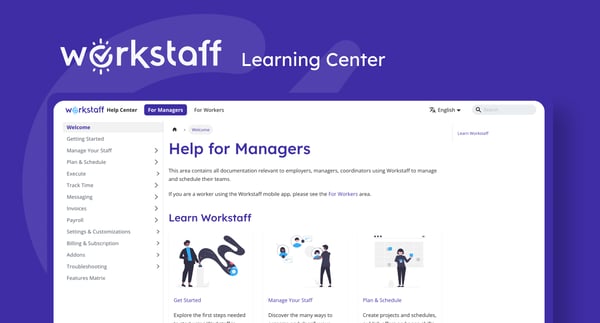After two years of stagnation for some and turmoil for others, countless people questioned their priorities and working conditions during the pandemic. Low wages, inflexible work arrangements, lack of growth opportunities, jobs that don't reflect workers' values, too many health risks, etc. The reasons why millions of employees have left their jobs are as varied as they are valid.
This mass movement, which now spans several countries, first made its mark in the United States in 2021, where 24 million workers quit between April and September. This trend is called "The Great Resignation". The labor market is more favorable to employees than employers and makes it less daunting than it used to be to leave a job and find a new one. According to a Statistics Canada study on labour shortage trends, the unemployment-to-job vacancy ratio in Canada "is historically low" and has fallen from 3.2 to 1.4 between the first quarter of 2021 and the first quarter of 2022.
A context that primarily benefits employees also presents many challenges for employers who must simultaneously develop strategies to retain staff and be attractive in the labour market.
As an employer, what is the best way to deal with a period of high resignation?
Offer flexible work arrangements
The pandemic was marked by the widespread adoption of remote work, which has become commonplace. In the aftermath of the stringent health measures, preferences for work arrangements differ. Some employees are leaving their jobs because working from home is forced upon them and others because they are required to be in the workplace.
Today, it is critical for employers to be adaptable and offer flexible work arrangements. Whether it's hybrid or remote work, flexible hours or compressed work weeks, employers are more likely to retain and motivate their workers and attract new ones if they are flexible.
In addition, in a context where the spread of COVID-19 is still a concern, offering these alternatives to employees allows those at risk of complications to have access to safer working conditions.
Offer competitive salaries and benefits
In order to be competitive, it is important that the salaries and benefits offered by a company set it apart and meet the expectations of employees. These elements should be viewed as an investment in attracting and retaining skilled workers who will play a key role in the growth of an organization. According to a study conducted by BDC on how to adapt to a labour shortage in September 2021, 41% of employees who were considering leaving their jobs at the time of the study wanted higher salaries, and 21% wanted more benefits.
Invest in the professional development of your employees
In 2022, finding employees with the right skills is particularly difficult. To alleviate this problem, companies can turn to their existing staff by offering them internal training to improve their skills. This strategy is effective in maximizing employees' potential and encouraging them to develop skills that will allow them to grow within the organization.
Employees are not always aware of the training opportunities available to them within a company, so communicating these opportunities to them is essential. Companies also need to create regular career growth opportunities that match the evolving skills of their staff. Investing in employee growth is a key strategy to foster talent retention.
Make sure employees feel appreciated and valued
Employee satisfaction within an organization is directly linked to higher retention rates, as workers are less likely to be absent or quit. As an employer or manager, it is important to celebrate the individual and collective accomplishments of their staff. Employers should also ensure that they reward behaviours that are encouraged as part of the company culture.
In a nutshell
Being attractive in the job market by offering competitive salaries and benefits can definitely help an employer attract potential employees. However, a company's current workforce must be the focus of significant effort in order to retain talent in the context of “ The Great Resignation". Employees want to be heard, valued and know that they can grow and evolve within their organization. Employers need to put in place smart, sophisticated strategies to ensure employee satisfaction and retention.







